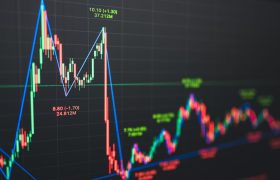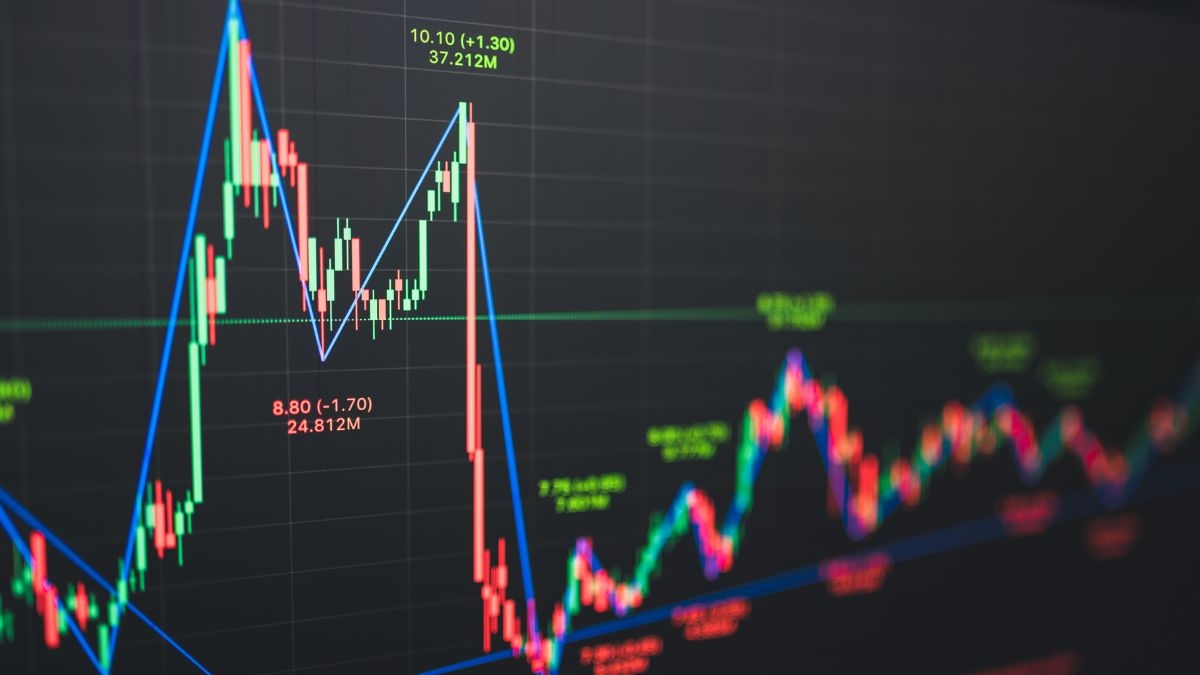(And it's not necessarily gold)
A little over 50 years ago, Richard Nixon, who was the president of the United States at the time, decided to cut the dollar's link to gold. This turned the US dollar into a fiat currency, meaning that it would no longer be backed by assets but by the government that issues it. And what did this mean? That, from that point on, US dollars could be printed at will. There were no more restrictions on how many dollars could be in circulation in the economy.
Inflation was mild for many years, but it has reached a point where it has begun to increase. To give us a better idea, in February of this year, the Consumer Price Index in the US showed an increase of 7.9% compared to the same month in the previous year. Gas, food, and practically everything we consume is more expensive today compared to the previous year. And all of this is the result of massive money printing.
The Federal Reserve's balance sheet reached $8.9 trillion dollars during the COVID-19 pandemic. It was a massive printing of money, and unfortunately these actions will have drastic consequences. In these cases, inflation acts as a "stealth tax". This means that as the value of our dollars decrease, so do our savings, and our purchasing power slowly sinks.
Whether our money is sitting in a bank or hiding under a mattress, the reality is that with all of this going on we aren't getting any returns on our cash, which pushes us to look for ways to fight inflation. As investors, we look for ways to invests in assets that grow at a higher rate than inflation... How can we shield ourselves in an economy with so much inflation?
Does gold really protects you from inflation?
Traditional wisdom says that if we want to invest, we should buy gold. For the longest time, gold was seen as the best investment, as an asset that would protect us from inflation. Let's be honest, even I used to think that way...
The Obama administracion printed $10 trillion dollars over the course of eight years. If we combine all the amounts of money printed during all the administrations in the history of the United States... they do not exceed the massive amounts printed during that period.
Trillions of printed dollars...
In 2004, the markets were still recovering from the dot-com bubble burst. The Federal Reserve cut down the Federal Funds rate from 6.5% to less than 1%. Similarly, the yield on US Treasury bons fell from 6% in the year 2000 to a little over 3% in 2003. After the Great Financial Crisis in 2008, the Federal Reserve reduced interest rates to almost 0% again, and as a consequence the returns on income-generating assets collapsed. Low rates tend to be bullish for precious metals, asinvestors typically buy gold when returns on income-generating assets fall to the level of inflation.
At the same time, the US government launched a series of money printing programs. In late 2008, President George W. Bush signed the Emergency Economic Stabilization Act (EESA) for $700 billion dollars, in order to "bail out" the banks. Then, in 2009, President Barack Obama signed the American Recovery and Reinvestment Act for $787 billion dollars, which increased the federal deficit by hundreds of billions of dollars. In fact, the federal deficit during the first Obama administration was more than $1 trillion dollars each year, marking the first time in US history that the federal deficit exceeded $1 trillion.
These excessive levels of debt happened four years in a row. As I mentioned before, during the 8 years of the Obama administration, more than $10 trillion dollars were printed, an amount that had never been printed even if all of the administrations in the US history were put together. The low interest rates and unprecedented levels of federal debt were an incredible boost for gold.
After $10 trillion of printing by the end of the Obama administration, the value of gold only went up about 40% ($1,200 usd per ounce), so this sent a very clear message: the value of gold wasn't going to reach $10,000 usd per ounce; if a massive and unprecedented printing of money didn't make it reach this value, nothing was going to do it. Now, it's up to each investor if they want to invest in gold, but based on our research, we don't recommend it.

The value of gold wasn't going to reach $10,000 USD per ounce; if a massive and unprecedented printing of money didn't make it reach this value, nothing was going to do it.
2022's best inflation hedge
They key is to invest in sectors and companies that are growing far faster than inflation, so they can outperform the markets and generate substantial income. This raises an obvious question... At this time, KNG International Advisors is looking into a number of unrelated assets that can generate returns above inflation in the coming years, protecting investment portfolios against a possible recession.
Si te gustaría saber más al respecto, no dudes en contactarnos. Nos gustaría darte una asesoría gratuita para explicarte como equilibramos la asignación de activos para las carteras de nuestros clientes.
KNG Intl. Advisors offers free financial advice

Do not hesitate to contact us for a free consultation, in which you will be given a complete analysis and personalized options for your portfolio.
